The night before the Federation of Malaya gained independence from the British colonial rule, crowds gathered at the Royal Selangor Club field in Kuala Lumpur to witness the handover of power from the British. Two minutes before midnight, the lights went off while thousands of people stood in darkness.
When the lights were switched on, citizens of Malaya were witnessing a very special moment: the Union Jack in the square was lowered and the new flag of Malaya, the Jalur Gemilang, was raised as the national anthem Negaraku (My Country) was played. Today, Malaysians anywhere around the globe of course recognise the national flag and stand with pride when the national anthem Negaraku is played, but do we know the origins of Jalur Gemilang and Negaraku?
Malaysia flag
Influenced by the well-known American Star-Spangled Banner, the design of Jalur Gemilang (literally “stripes of excellence” or “stripes of glory”) was determined through a national contest organised by the Federation
government in 1947. From the 373 flag designs that were submitted, only three were chosen to be presented to the public. One of the participants was Mohamed bin Hamzah, a 29-year-old architect working for the Public Works Department in Johor Bahru who submitted two designs. The first design was a green flag with a blue kris in the middle, surrounded by 15 white stars.
The second design, which was chosen as one of the three finalists, was the one that with a few amendments became the national flag. The original version already had all the familiar elements including the famous red and white stripes that also serve as a pattern in the US flag. Apart from being inspired by the American flag, Mohamed Hamzah was also inspired by another flag, namely that of the East India Company, which also contains red and white stripes and a square in the upper left corner that showed the Union Jack.
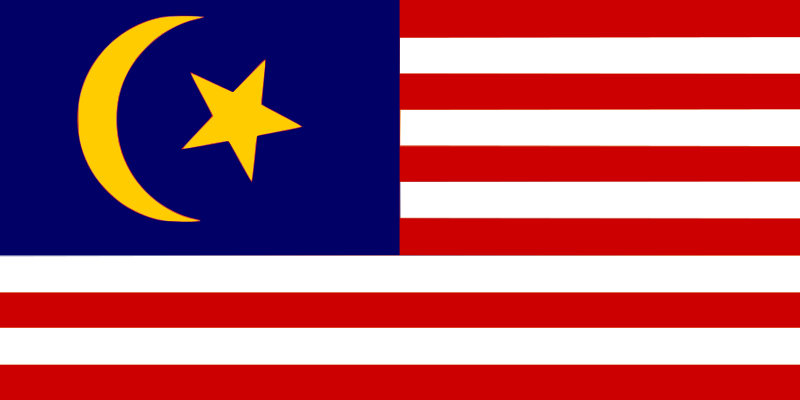
Mohamed Hamzah took over the 11 stripes and combined them with the crescent and star on blue background. It was this design that was chosen as the winner through a public poll held by the newspaper The Malay Mail. However, before it was officially announced it underwent a few changes, as the originally five-pointed star had an uncanny resemblance to communist symbols then in use, it was modified to accommodate six more points.
Additionally, following a proposal by the Sultan of Kedah, the colour of the crescent and the star was changed from white to yellow, which is the colour of the royal family. This version was later replaced with the number of stripes increased to 14, and accordingly the star was reshaped with 14 points to symbolise the unity of the 13 states and the Federal Government.
National anthem
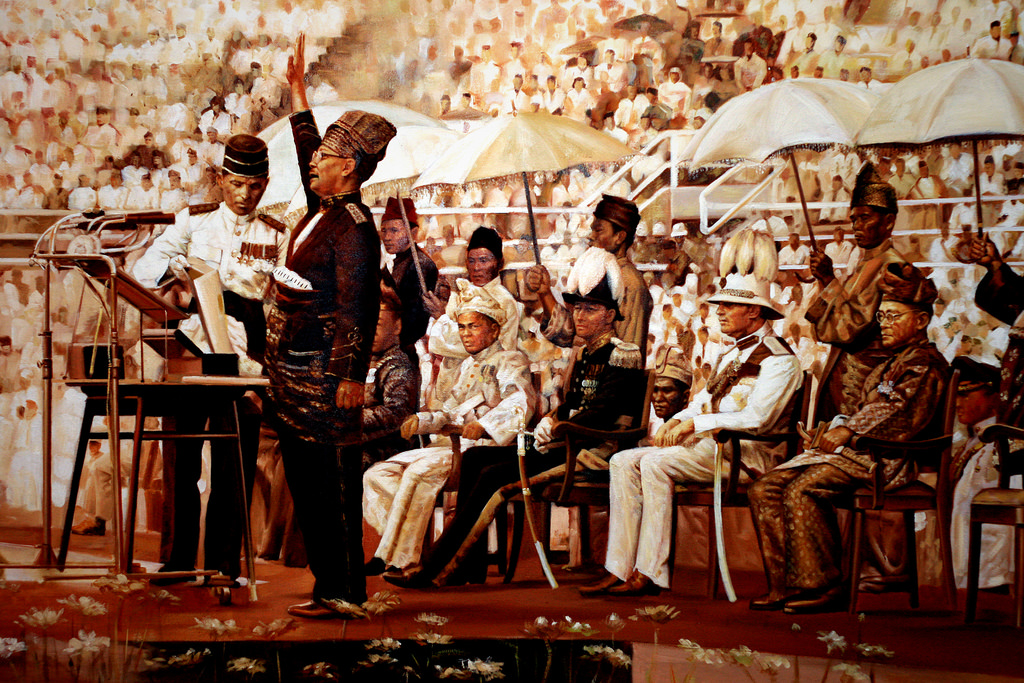
Several years ago, claims were made that the tune for Malaysia’s national anthem was copied from Terang Bulan, but the truth is Negaraku and Terang Bulan have a common origin, but each evolved independently of the other. The origin was the song “La Rosalie”, from the Seychelles, which was composed by a Frenchman, Pierre Jean de Beranger, in the late 19th century. The tune was adopted and sung in various languages in many countries, among them Terang Bulan, the Indonesian version Malaysians were more familiar with. Its English version was known as “Mamula Moon (Hawaii)”. In 1956, Tunku Abdul Rahman, who was chief minister and minister of interior affairs of Malaya, decided to commission a national anthem, composed before Merdeka.
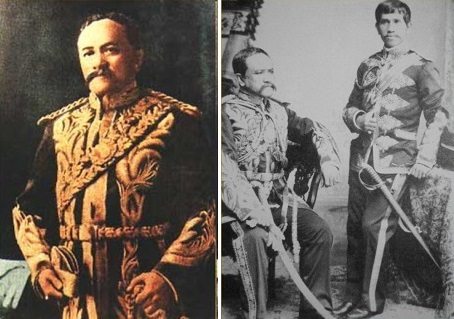
When none of the 514 tunes pleased the selection committee, Tunku eventually selected the tune of the Perak state anthem, Allah Lanjutan Usia Sultan to be the tune of Malaysian National Anthem. The tune for the Perak State Anthem came from “La Rosalie”, which was popular in the late 19th century in Seychelles, where former Perak sultan, Sultan Abdullah Muhammad Shah II, was sent into exile by the British in 1877 following the assassination of first British Resident in Perak, JWW Birch.
Therefore, the Negaraku anthem came from Seychelles and not Indonesia.
During the 1992 National Day celebrations, the National Anthem was given a faster beat, ostensibly to signal the dynamic progress of the nation.
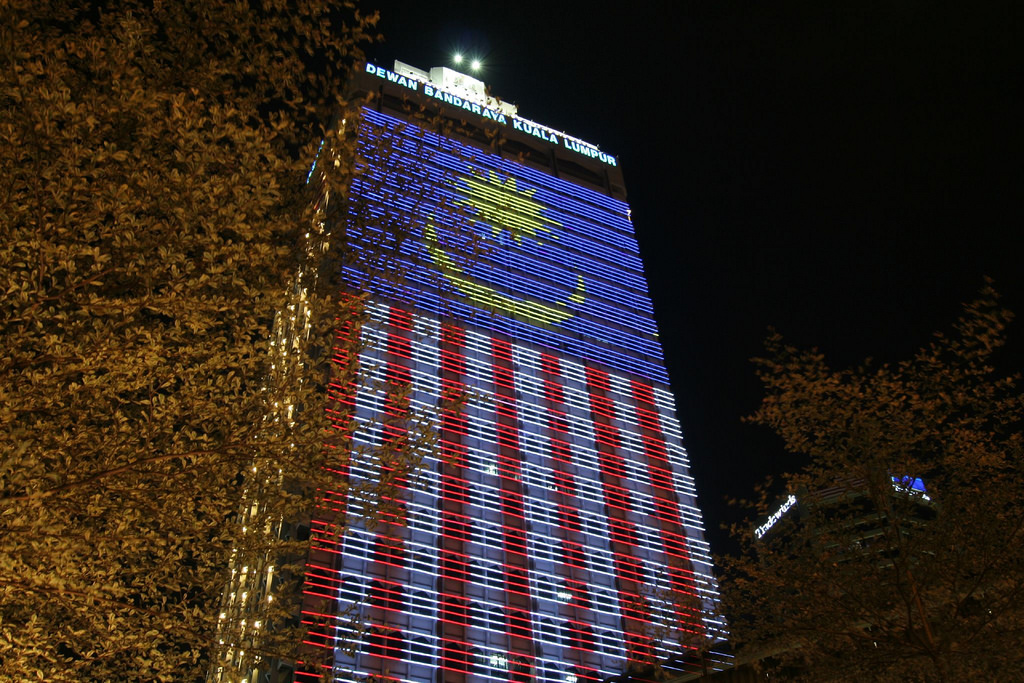
Negaraku (My Country)
Negara ku
Tanah tumpahnya darahku,
Rakyat hidup
bersatu dan maju,
Rahmat bahagia
tuhan kurniakan,
Raja kita
selamat bertahta,
Rahmat bahagia
tuhan kurniakan.
Raja kita
selamat bertakhta.
English translation
My country, my native land.
The people living united and progressive,
May God bestow blessing and
happiness.
May our Ruler have a
successful reign.
May God bestow blessing and
happiness.
May our Ruler have a
successful reign.
Words by: Tunku Abdul Rahman | Music by: Pierre Jean de Beranger | In use since: 1957
This article was originally published in The Expat magazine (August 2016) which is available online or in print via a free subscription.
"ExpatGo welcomes and encourages comments, input, and divergent opinions. However, we kindly request that you use suitable language in your comments, and refrain from any sort of personal attack, hate speech, or disparaging rhetoric. Comments not in line with this are subject to removal from the site. "

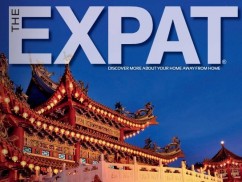


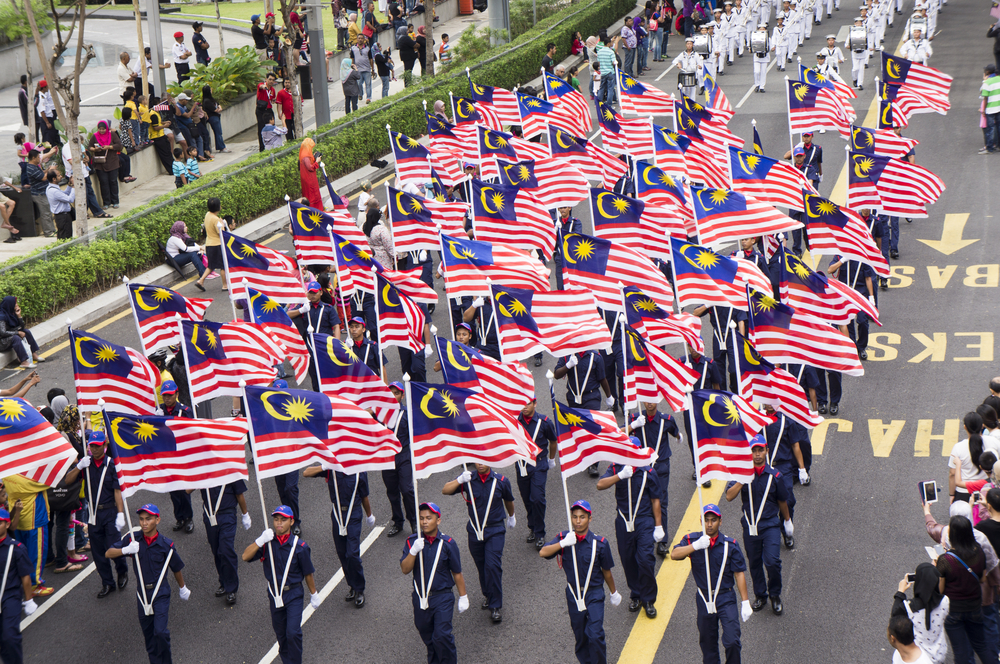
















Bob Czuba something for u to read
B
Many of us will b celebrating on the 16th Sepember!..:-)